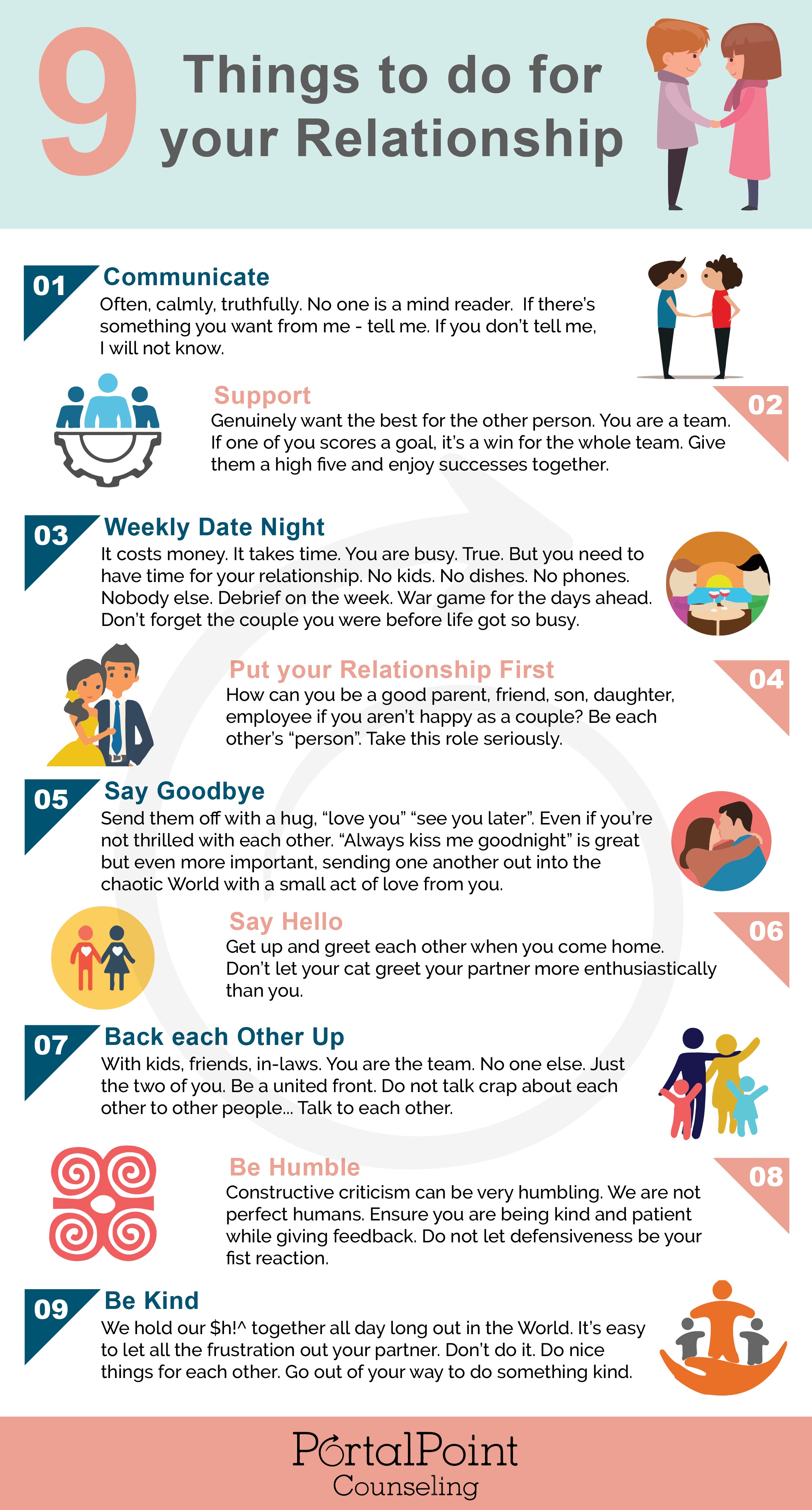The Facts About Aim Point Counseling Uncovered
The Facts About Aim Point Counseling Uncovered
Blog Article
Aim Point Counseling - An Overview
Table of ContentsThe Basic Principles Of Aim Point Counseling The Greatest Guide To Aim Point CounselingIndicators on Aim Point Counseling You Should KnowAim Point Counseling Can Be Fun For EveryoneWhat Does Aim Point Counseling Mean?The Best Strategy To Use For Aim Point Counseling
The longitudinal layout involves a pre-treatment survey and two follow-up surveys at 3- and 12-months post-intervention. The research study is embeded in 8 Relationships Australia Victoria centres, across city, outer suburban areas, and regional/rural sites. Relationships Australia, a non-government organisation, is the largest provider of pair therapy and partnership services in Australia.
In Australia, the median size of marital relationship prior to separation is 8.8 years, and roughly half of all separations entail couples with kids [1] These high rates of relationship failure have actually been consistently connected with adverse health effects for both adults and kids complying with divorce/separation. These consist of seclusion from assistance networks, and reduced income and standard of living for both adults and children [3], problems of loyalty over youngsters for males, and clinical depression and loss of identity for ladies [4,5]
The Single Strategy To Use For Aim Point Counseling
The effects of divorce and splitting up can be harmful, study shows that high relationship dissonance in undamaged couples is likewise most likely to have adverse results.
Research study to date has identified both couple and private factors that may contribute to relationship disharmony. These include partnership contentment and dedication at the couple degree, and clinical depression at the specific degree.
Aim Point Counseling Fundamentals Explained
While most researches show improvements in relationship fulfillment following couple therapy, they are restricted by the samples and measures used, greatly short-term follow-up time frameworks, and analyses that do not account for the dyadic nature of couple data., is another commonly explored relationship result.
To summarise, study suggests that couple-specific variables as well as specific elements might forecast the outcomes of pair counselling and partnership solutions. The causal instructions of these connections, nevertheless, is much less clear. These monitorings are necessary, because, to validate and guide the application of relationship services such as couple therapy, empirical evidence has to check out both the results of connection services and the variables that anticipate successful therapy.
, at the very least in some European nations.

We presently know little concerning the profiles of couples who seek out relationship education compared with those that look for relationship coaching, or the outcomes of these programs. Unscientific proof recommends that there might be substantial distress amongst at least some pairs looking for partnership education and learning.
6 Easy Facts About Aim Point Counseling Shown
Responses entails individuals completing surveys about their relationship (e.g. procedures of social troubles), and getting info on what their scores indicate. Cognitive-behavioural techniques advertise altering cognitions to help with favorable relationships. These may consist of promoting reasonable attributions/expectations around negative partner practices [46] Lastly, in abilities training, couples attend talks or discussions on connection skills, and practise these throughout facilitator-led tasks [ 45]
These meta-analyses highlight restrictions in the present literary works on relationship education. This sample profile might not stand for customers who usually provide for connection education and learning.
Aim Point Counseling Fundamentals Explained

Extremely little research has actually checked out the comparative benefits of couple counselling and connection education and learning programs. As customers are most likely to self-select into these solution types, it is not clear whether particular relationship distress accounts present to every solution type, or indeed whether there is an interaction between offering profile, service kind and outcome.
(https://myanimelist.net/profile/a1mpoint)
Hence, we have actually included a 12-month follow-up to gauge longer-term trends and effects. The research makes use of a variety of standard end result steps because some previous investigations have been criticised for their absence of standardised assessment [50] The usage of analytical evaluations that presume freedom of information, such as t-tests, or ANOVAs, has actually been prevalent in previous studies [ 44,49]
Consequently, we suggest to make use of multi-level analytical modelling procedures that regulate for the inter-dependence of pair data to evaluate any type of therapy results. The certain objectives of the ECC research are to: 1. Map profiles of customers looking for community agency-based pair therapy vs. partnership enhancement programs in terms of socio-demographic and partnership indicators (such as partnership satisfaction, partnership dedication, social issues, and factors for participating in), in addition to wellness (such as depression, general health and wellbeing) and wellness solution usage (eg.
2. Determine whether pair therapy and partnership education and learning services enhance 3- and twelve-month results for relationship contentment, commitment, and anxiety, making use of statistical evaluations proper to couple data. 3. Identify the family member payments of client variables (specific and couple) and look at this site therapy/education aspects to outcomes at 3- and 12-months, and to sustainability of outcomes gradually.
7 Simple Techniques For Aim Point Counseling
Multi-level modelling to establish pre-post distinctions, regulating for dyadic (couple) degree. To add to the literature evaluating the performance of community-based couple counselling. The outcomes will assist clinical decision-making in community-based partnership solution settings, and expert training. 3. To establish the relative payments of client/couple and treatment factors to outcomes at 3- and 12-months, and to sustainability of results with time.
Report this page